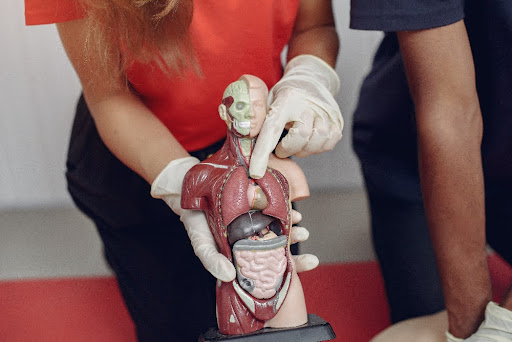It made to the headlines in the Wall Street Journal when the planning commission of India reported a fall in the poverty levels of urban and rural India by 15%. The report suggested a record decline in the number of poor and a proportional increase in the average spending power of the underprivileged. With the unchallenged rise of middle India and multinational companies turning their focus to those at the bottom of the pyramid, today India is at the peak of consumerism.
Post economic liberalization in 1991, India witnessed an influx of a hoard of multinational companies that were waiting to invade its huge markets. Still touted as one of the fastest emerging economies, India is witnessing a fundamental change in the consumer behavior. From being a savings oriented country we are fast moving towards being a more indulgent nation that is willing to spend much more than the generation before us could have ever imagined.
As India speedily propels towards further industrialization, foreign investment, more trade and globalization, we need to stop and take a breath because the health of the nation is sadly lagging far behind. Unceremoniously crowned as the diabetic capital of the world, India is struggling to battle the weight of this affluence. As we join the obesity club with other developed nations, diabesity has emerged as the unfortunate byproduct of this wheel of fortune.
The SITE study published in 2011 suggested that one in five Indians suffers from high blood pressure and diabetes and a staggering 80% of these have abdominal obesity. An appalling combination of type 2 diabetes and obesity, diabesity is the stepping stone to a number of diseases such as high blood pressure, heart disease, increased risk of stroke, respiratory problems, blindness, neuropathy, kidney failure, lower limb gangrene with amputation, gout and infertility to name a few.
With medical treatment being able to reach out to a dismal 12% and metabolic surgery for diabesity benefitting less than 1% of those eligible, this epidemic can conceivably bring India down to its knees.
As opposed to Japan and China that are battling a future with an aging population, India is set to become the youngest country by 2020. Our burgeoning population which was a liability till very recently can turn out to be an unprecedented demographic advantage and has the potential to push the economy to newer heights.
Unfortunately the Indian growth story is tempered with the inadequacies of its health sector. With diminishing healthcare budgets country is facing an epidemic of non-communicable diseases, diabesity being one of the frontrunners. With the scourge of diabetes increasingly afflicting younger population it is time to take urgent action in this direction.
Prosperity is not a heap of assets. The rising gross domestic product is only half of the Indian growth story. If we continue to ignore the health issues that young India faces today we are bound to slip from the economic growth league. Prevention is better than cure and if we do not pay heed to this, the sun will set before rising in India.





